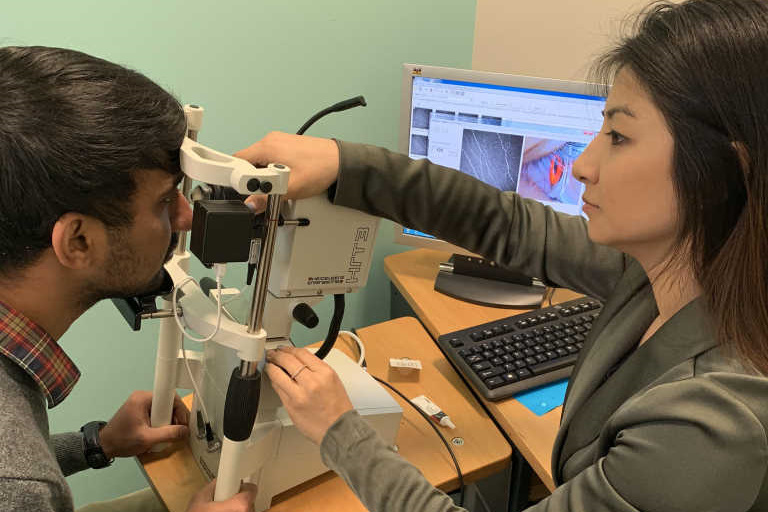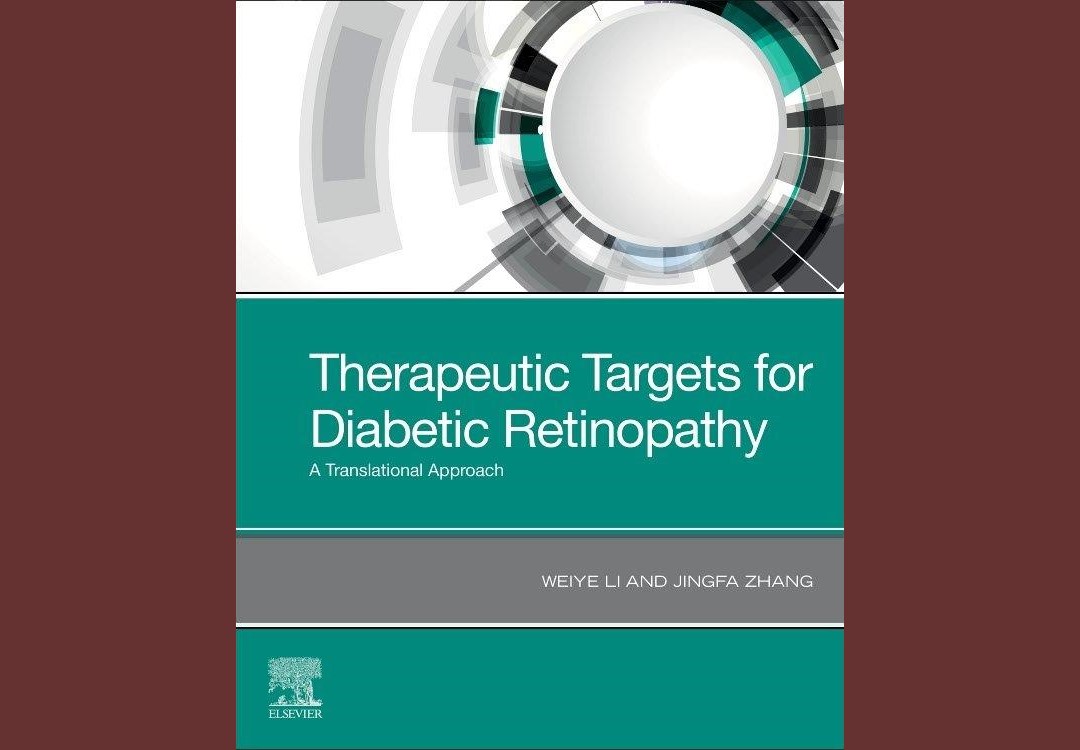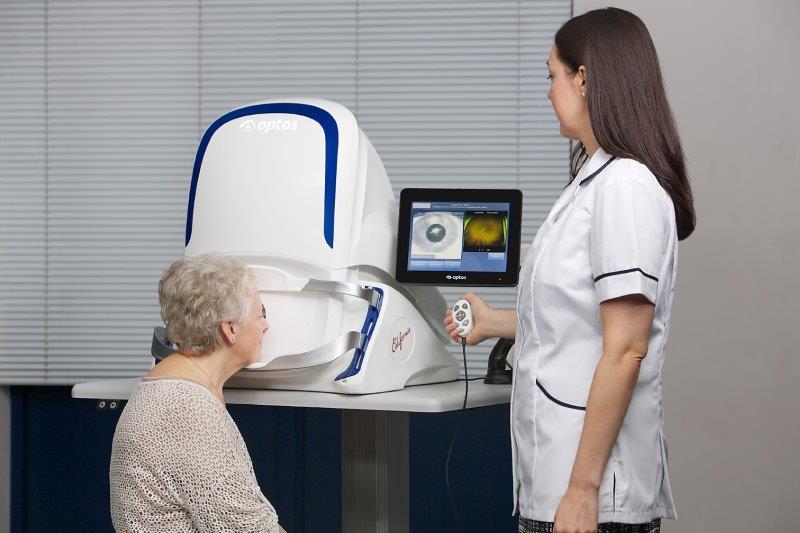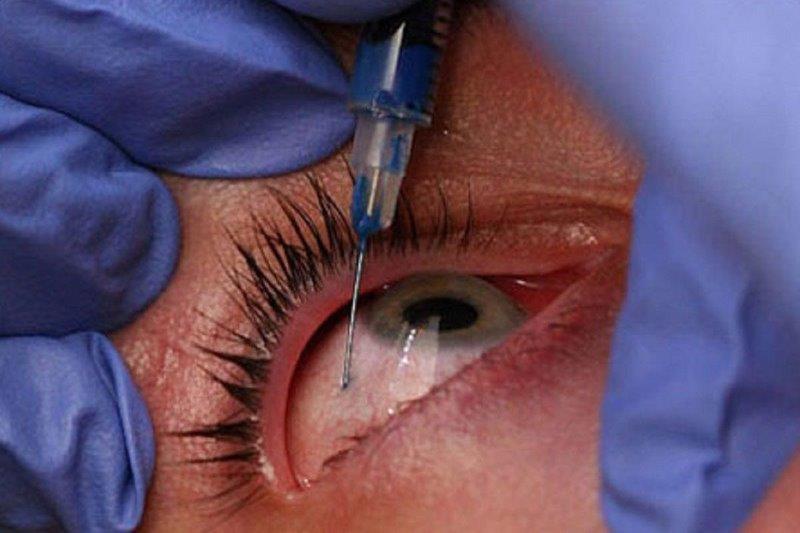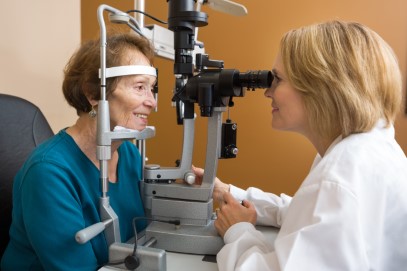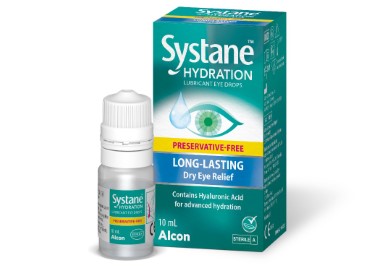Omega-3 for diabetes?
If you had asked me on my BOptom graduation day what I thought I’d be working on in five years’ time, I would not have imagined it would be a clinical trial with a team of neurologists and endocrinologists, using the cornea as a marker to evaluate new treatments for peripheral nerve disease in diabetes. Yet this is now the focus of my day, working towards my PhD degree in the Downie Laboratory: Anterior Eye, Clinical Trials and Research Translation Unit in the Department of Optometry and Vision Sciences at the University of Melbourne, supervised by Dr Laura Downie (University of Melbourne) and A/Prof Jennifer Craig (University of Auckland).
I am interested in diabetes research because as eye care professionals, we play an essential role in providing care to people with diabetes. As optometrists, we not only provide ocular diagnoses and management, but our knowledge and clinical skills can contribute towards multi-disciplinary research aimed at identifying new treatments for this condition.
The three major microvascular complications of diabetes are retinopathy, nephropathy and neuropathy. My work focuses on finding an effective treatment for peripheral neuropathy.
In the hands and feet, peripheral neuropathy can cause debilitating pain, foot ulceration and amputation. In the cornea, it can cause sensitivity loss, severe dry eye disease, neurotrophic ulcers and vision loss1. While retinopathy is widely promoted in eye care, the impact of diabetes on the ocular surface should also be emphasised, not only for its potential vision-threatening sequelae, but also because the corneal nerves are a validated surrogate marker for monitoring changes to the health of peripheral nerves in other areas of the body.
The cornea is one of the most sensitive areas in the body and is the only tissue where peripheral nerves can be non-invasively imaged in-vivo, using high-resolution confocal microscopy1. The Downie Laboratory has previously shown that three-months of supplementation with long-chain omega-3 essential fatty acids promotes the regeneration of corneal nerves in dry eye disease2. This finding provides the rationale for investigating omega-3 fatty acid supplementation as a novel approach for managing progressive nerve damage in chronic conditions, for which there are currently no effective treatments.
Omega-3 fatty acids can only be obtained from foods or via supplementation. The consumption of omega-3 fatty acids biases the systemic production of neuroprotective mediators and may play a role in modulating nerve integrity3. With my research collaborators, I have recently published a systematic review that shows omega-3 fatty acids can improve peripheral nerve integrity following chemotherapy-induced nerve damage, but there is currently inadequate high-level evidence to evaluate whether this form of supplementation has neurotrophic effects in diabetes4.
Thus, we are currently undertaking the first randomised, placebo-controlled clinical trial to discover if omega-3 supplementation is an effective treatment for peripheral neuropathy in type-1 diabetes. We are measuring corneal nerve structure using in-vivo confocal imaging. Corneal sensitivity is being quantified using non-contact corneal aesthesiometry (NCCA); this technique can detect early, sub-clinical corneal sensitivity changes prior to methods using a mechanical stimulus (eg. the cotton-bud test). Our neurology collaborators are also conducting comprehensive clinical neurophysiology tests to investigate changes to nerve fibres in both the hands and feet and the autonomic nervous system.
Omega-3 optometrists’ survey
Although this clinical trial is the main component of my PhD thesis, my supervisors and I are undertaking a study to examine the recommendations made to patients by optometrists in New Zealand and Australia relating to omega-3 fatty acids. The survey also explores the source and information influencing the recommendations made by clinicians in daily optometric practice. If you would like to contribute to this anonymous survey, it takes about seven-minutes to complete, and can be accessed at: tinyurl.com/omega3optom.
My days in research are exciting and varied and I am grateful to be working with an inter-disciplinary team who are committed to advancing clinical care for people with diabetes. Although, I do not know what I will be working on five years from now, I hope to further contribute towards research relating to diabetes and the anterior eye, as there is still so much to learn to optimise the clinical care we can provide as eyecare professionals to our patients.
References:
1. Markoulli M, Flanagan J, Tummanapalli SS, et al. The impact of diabetes on corneal nerve morphology and ocular surface integrity. Ocul Surf. 2018;16(1):45-57.
2. Chinnery HR, Naranjo Golborne C, Downie LE. Omega-3 supplementation is neuroprotective to corneal nerves in dry eye disease: a pilot study. Ophthalmic Physiol Opt. 2017;37(4):473-481.
3. Bazinet RP, Laye S. Polyunsaturated fatty acids and their metabolites in brain function and disease. Nat Rev Neurosci. 2014;15(12):771-785.
4. Zhang AC, De Silva MEH, MacIsaac RJ, et al. (in press). Omega-3 polyunsaturated fatty acid (PUFA) oral supplements for improving peripheral nerve health: A systematic review and meta-analysis. Nutr Rev.
Ceecee Zhang is a therapeutically qualified optometrist, former NZOSS president and a PhD candidate with the Universities of Melbourne and Auckland.










